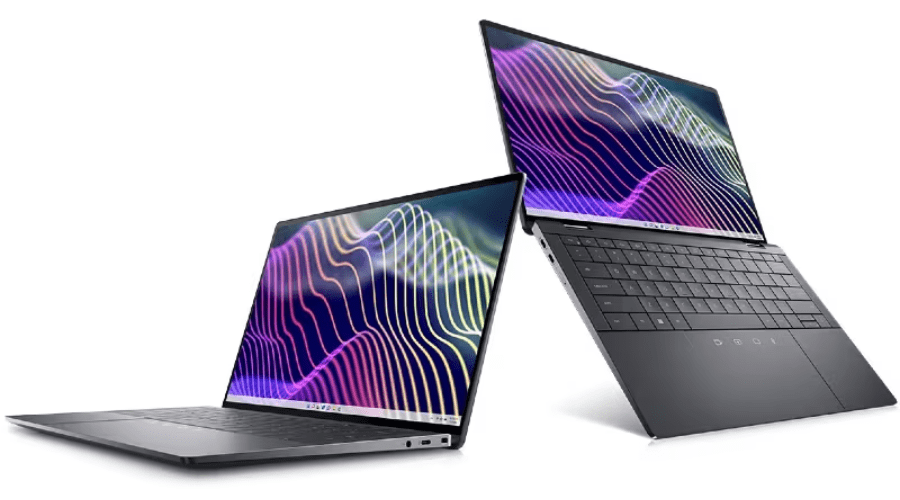
In the fast-paced digital era we live in, smartphones have become an indispensable part of our daily lives. These pocket-sized devices have evolved from simple communication tools to powerful companions that cater to various aspects of our personal and professional lives. In this blog, we’ll delve into the journey of smartphones, exploring their history, current capabilities, and what the future may hold for these smart gadgets.
The Genesis of Smartphones
Smartphones: A Walk Down Memory Lane
The term “smartphone” wasn’t coined until the early 21st century, but the concept of a device combining telephony and computing capabilities dates back further. The IBM Simon, often considered the first smartphone, was introduced in 1992. It featured a touchscreen interface and the ability to make and receive calls, paving the way for future innovations.
From BlackBerry to iPhone: Turning Points in Smartphone Evolution
The early 2000s witnessed the rise of BlackBerry, known for its secure email capabilities. However, it was the launch of the iPhone by Apple in 2007 that truly revolutionized the smartphone landscape. The iPhone introduced a touch-centric interface, App Store, and a sleek design, setting new standards for the industry.
The Present: Powerhouses in Our Pockets
Unleashing Infinite Possibilities with Smartphones
Today, smartphones are more than just communication devices. They serve as personal assistants, entertainment hubs, and productivity tools. The Android vs. iOS competition has fueled innovation, with each operating system striving to provide a seamless user experience.
Multifunctional Marvels: Features That Define Modern Smartphones
- High-Resolution Displays and Cameras: Modern smartphones boast stunning high-resolution displays that bring content to life. Coupled with advanced camera systems, these devices have become our go-to tools for capturing memories and creating content.
- Artificial Intelligence Integration: Smartphones leverage AI for various tasks, from optimizing camera settings to enhancing user interfaces. Virtual assistants like Siri and Google Assistant have become integral parts of our daily routines.
- Biometric Security: Gone are the days of PINs and patterns. Biometric security, including facial recognition and fingerprint sensors, has become the norm, ensuring the safety of our personal information.
- 5G Connectivity: The advent of 5G has elevated the speed and reliability of mobile internet. Smartphones equipped with 5G capabilities enable faster downloads, low-latency gaming, and seamless video streaming.
The Future: Beyond Our Imagination
Smartphones 2030: A Glimpse into the Future
The integration of emerging technologies will shape the next phase of smartphone evolution.
1. Augmented Reality (AR) Integration
Transforming the Way We See the World
As we look ahead, AR is poised to redefine our smartphone experience. Imagine walking down the street and receiving real-time information about the historical significance of buildings or getting interactive directions overlaid on your surroundings. Apple’s ARKit and Google’s ARCore are already laying the groundwork for widespread AR integration.
2. Foldable Displays and Flexible Form Factors
Bending the Rules of Design
Foldable smartphones, once a niche concept, are gaining traction. Manufacturers like Samsung and Huawei have introduced foldable models that offer both a compact form for portability and an extended display for immersive content consumption. The future may bring even more flexible and durable materials, allowing smartphones to bend, fold, and adapt to our needs.
3. Sustainable and Eco-Friendly Design
Conscious Choices for a Greener Tomorrow
As environmental awareness grows, smartphone manufacturers are under increasing pressure to adopt sustainable practices. Future smartphones may feature modular designs, allowing users to upgrade specific components rather than replacing the entire device. Additionally, materials sourced from recycled or eco-friendly sources could become the norm, reducing the environmental impact of smartphone production.
Challenges and Considerations
Balancing Innovation with Ethical Use
While the future of smartphones promises exciting possibilities, it also raises ethical concerns. Issues such as privacy breaches, data security, and the addictive nature of smartphones need careful consideration. Striking a balance between innovation and responsible use is crucial to ensure that these powerful devices enhance our lives without compromising our well-being.
1. Privacy in the Age of Connectivity
Navigating the Fine Line
As smartphones become more integrated into our daily routines, the amount of personal data they collect continues to grow. Stricter privacy regulations and user-centric features will be essential to safeguard user information while still allowing for personalized and efficient services.
2. Digital Wellbeing: A Priority
Mitigating the Downsides of Connectivity
The convenience and entertainment smartphones offer can sometimes come at the cost of our mental well-being. Future smartphones may incorporate enhanced digital wellbeing features, such as advanced screen time tracking, app usage limits, and mindfulness integrations to promote a healthier relationship with technology.
3. E-Waste Management
Addressing the Afterlife of Smartphones
As smartphones evolve, the issue of electronic waste becomes more prominent. Manufacturers must take responsibility for the end-of-life cycle of their devices, promoting recycling initiatives and designing products with longevity and recyclability in mind.
Conclusion: Navigating the Smart Future
In conclusion, smartphones have come a long way since their inception, evolving from basic communication tools to multifaceted devices that shape our daily experiences. The future promises even more innovation, with augmented reality, flexible form factors, and sustainable designs leading the way. However, as we embrace these advancements, it is crucial to address the ethical considerations and challenges that accompany the rise of smart technology. By navigating the path of responsible innovation, we can ensure that smartphones continue to enhance our lives while respecting our privacy and well-being. As we look ahead to the next decade, the smartphone landscape holds the potential for transformative changes that could redefine the way we connect, create, and experience the world.










